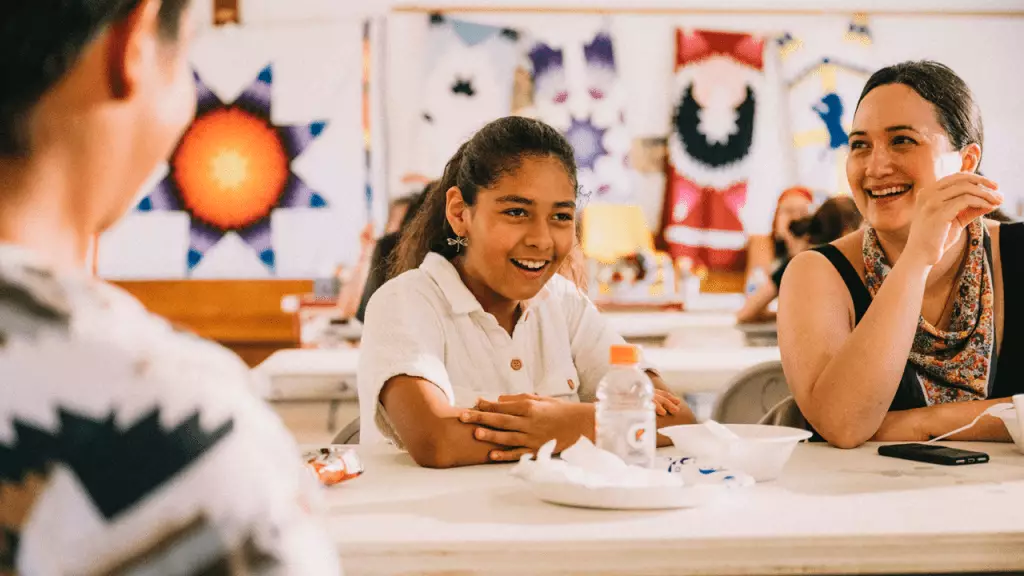Marissa Maltz’s Jazzy takes audiences on a poignant journey through the lens of childhood in the captivating landscapes of South Dakota. This charming sequel to The Unknown Country delves into the life of Jazzy, a young girl experiencing the wonders of being 8 to 12 years old. The film commences with Jazzy at West Elementary, engaging in the simple yet joyful activities of childhood such as riding the school bus with her best friend, Syriah, and playing in the schoolyard. The narrative is accompanied by a lively synth soundtrack that adds a modern flair and whimsical touch to the story.
A heartwarming scene in the film occurs when Jazzy invites only one classmate to her birthday party. The duo enjoys a celebration at an arcade and later continues the fun at a hotel, diving into the pool and bouncing on beds. These moments encapsulate the carefree spirit and unbridled joy of childhood, reminiscent of the simple pleasures that define early years. Maltz adeptly captures the seemingly insignificant yet magical moments of childhood, showcasing her prowess in directing with patience and observation to highlight the children’s natural curiosity and humor.
Jazzy and Syriah’s conversations in the film are both humorous and insightful, touching on random topics like favorite trees and stuffed animals. Their candid discussion about the concept of growing up and adulthood’s burdens like bills and work unveils the innocence and wisdom of children. The scene serves as a poignant reminder of the lost innocence that often accompanies adulthood, as most adults struggle to pinpoint the moment they transition into “grown-ups.”
Set in the same picturesque locale as The Unknown Country, Jazzy delves into themes of belonging, tradition, and conquering fears. The film explores the cultural heritage of its characters, emphasizing the significance of tradition and friendship in navigating life’s hurdles. One of the film’s strengths lies in its portrayal of children who relish being children, without prematurely forcing them into the complexities of adulthood.
Jazzy’s interactions with her younger sister, encouraging her to act “cool like a teenager,” exemplify the film’s playful tone and genuine humor. By keeping adult faces mostly hidden, aside from characters like Lily Gladstone’s Tana, Maltz aims to focus predominantly on the children and their narratives. This decision underscores the film’s commitment to showcasing the world through Jazzy’s perspective, allowing viewers to immerse themselves fully in her experiences.
Jazzy successfully captures the nuances of growing up, evoking nostalgia for the simplicity and optimism of childhood. The film celebrates the humanity in its characters and the worlds they inhabit, prompting viewers to reflect on their own youthful days filled with endless possibilities and daily adventures. Watching Jazzy is not merely a journey to recapture lost years, but a celebration of the idealism and hope that define the essence of childhood.

